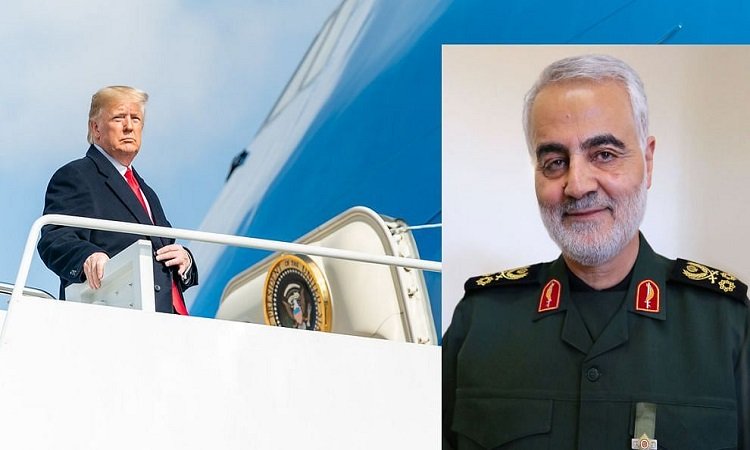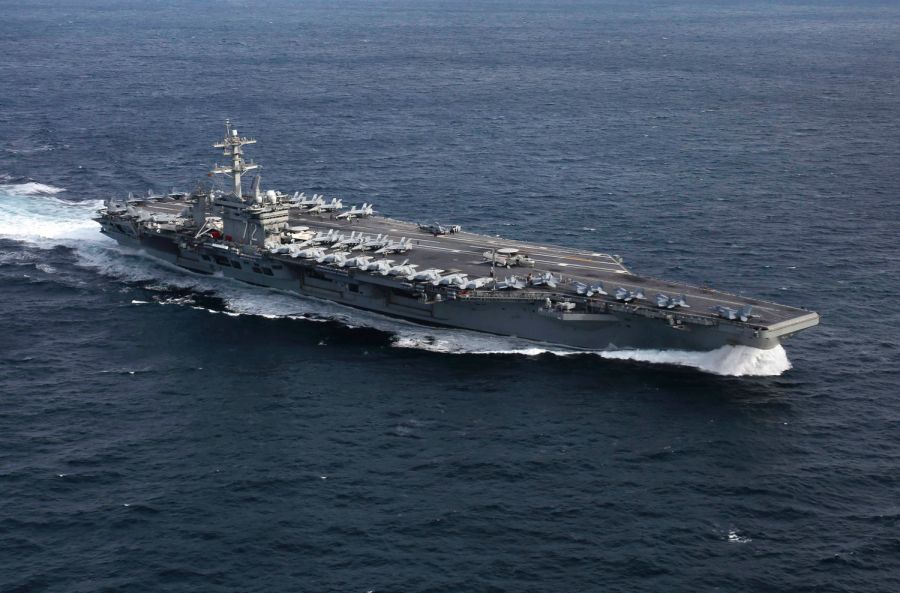
Syria: endgame or escalation?
Amid all the recent talk about how the war in Syria is approaching an imminent end, it suddenly looks set for international escalation. With Turkish forces resisting the Assadist advance into Idlib province, the last rebel-held territory, there is clear potential for direct combat between a NATO member and the Damascus regime or its Russian backers. The humanitarian catastrophe is worsening in Idlib, with over half a million displaced and pouring into camps along the Turkish border. Regime forces this week recaptured Kafranbel, an important symbolic victory, as the town was among the first to rebel against Assad and was long a symbol of the revolution. Regime and Russian aerial bombardment continues to take a horrific toll, with schools and hospitals intentionally targeted. (Photo: White Helmets)







